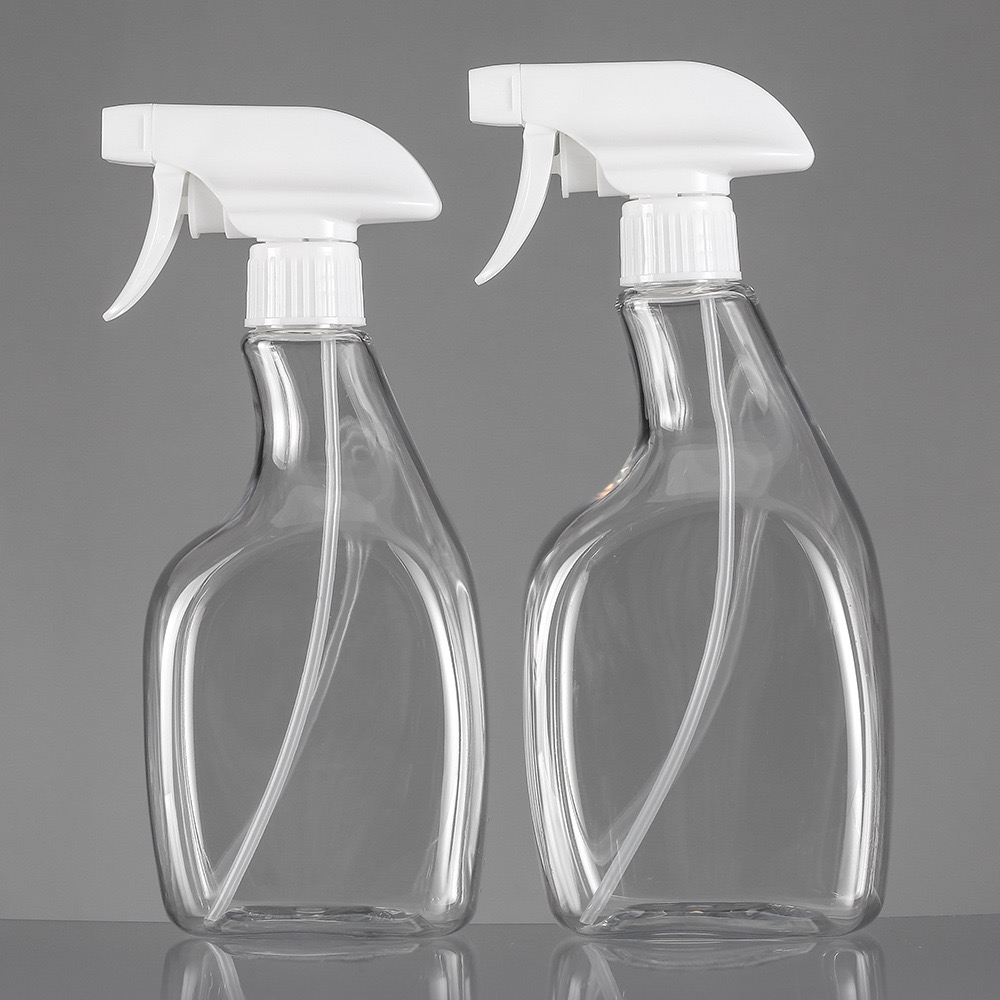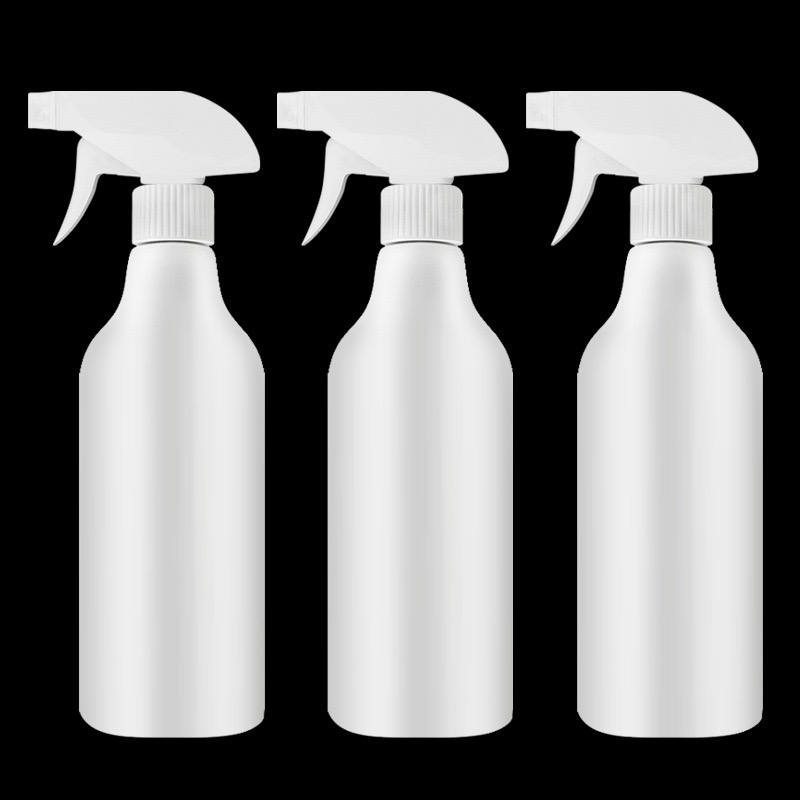Plastic spray bottle mold
Views:
Mold base material:High - quality alloy steel (such as P20) or aluminum alloy (e.g., 6061 - T6)
Cavity and core material:Specialized plastic mold steel (e.g., H13)
Dimensional accuracy:±0.03 - ±0.1mm
Surface roughness:Ra0.2 - Ra0.8μm (for outer surface); Ra0.4 - Ra1.6μm (for inner surface)
Ejection system:Mechanical (with ejector pins) or pneumatic ejection
Service life:Expected to produce 300,000 - 800,000 parts
Maintenance cycle:Recommended maintenance after 10,000 - 30,000 shots
- Content
Views:
Mold base material:High - quality alloy steel (such as P20) or aluminum alloy (e.g., 6061 - T6)
Cavity and core material:Specialized plastic mold steel (e.g., H13)
Dimensional accuracy:±0.03 - ±0.1mm
Surface roughness:Ra0.2 - Ra0.8μm (for outer surface); Ra0.4 - Ra1.6μm (for inner surface)
Ejection system:Mechanical (with ejector pins) or pneumatic ejection
Service life:Expected to produce 300,000 - 800,000 parts
Maintenance cycle:Recommended maintenance after 10,000 - 30,000 shots
Appearance and Structure
The mold is a precisely engineered and sturdy assembly. The mold base, which is typically constructed from high-quality alloy steel like P20 or aluminum alloy such as 6061 - T6, provides a stable foundation. It houses the cavities and cores made of specialized plastic mold steel like H13. These cavities and cores are intricately shaped to form the exact contours of the spray bottle, including the body, neck, and nozzle area. The overall structure is designed to withstand the high pressures exerted during the injection molding process.
Functionality
Its primary function is to transform molten plastic into a fully formed and functional plastic spray bottle. The dimensional accuracy, which ranges from ±0.03 to ±0.1mm, ensures that each bottle produced has consistent and precise dimensions. This is crucial for proper assembly with other components such as spray triggers and caps. The surface roughness of the mold affects the finish of the bottle. The outer surface of the bottle usually has a smoother finish with a surface roughness of Ra0.2 - Ra0.8μm, while the inner surface, which may have less stringent cosmetic requirements, has a roughness of Ra0.4 - Ra1.6μm. The ejection system, either mechanical with ejector pins or pneumatic, allows for the smooth removal of the molded bottle from the mold cavity after the plastic has cooled and solidified.
Material and Durability
The choice of materials for the mold base and cavity/core is essential for its durability. The alloy steel or aluminum alloy base provides strength and rigidity, while the specialized plastic mold steel for the cavities and cores can withstand the repeated heating and cooling cycles as well as the abrasive nature of the plastic during the molding process. This enables the mold to have a service life of approximately 300,000 to 800,000 parts. To maintain this longevity, a recommended maintenance cycle is set, typically after 10,000 to 30,000 shots. During maintenance, the mold is inspected, cleaned, and any worn or damaged parts are repaired or replaced to ensure continued high-quality production of plastic spray bottles.
In summary, the plastic spray bottle mold is a sophisticated and essential component in the manufacturing process of plastic spray bottles, playing a crucial role in determining the quality, consistency, and efficiency of production.


 复制产品链接
复制产品链接
 长按图片保存/分享
长按图片保存/分享
Consultation form:
Consultation content:

You haven't added any products yet

Inquiry:
Inquiry:

You haven't added any products yet





